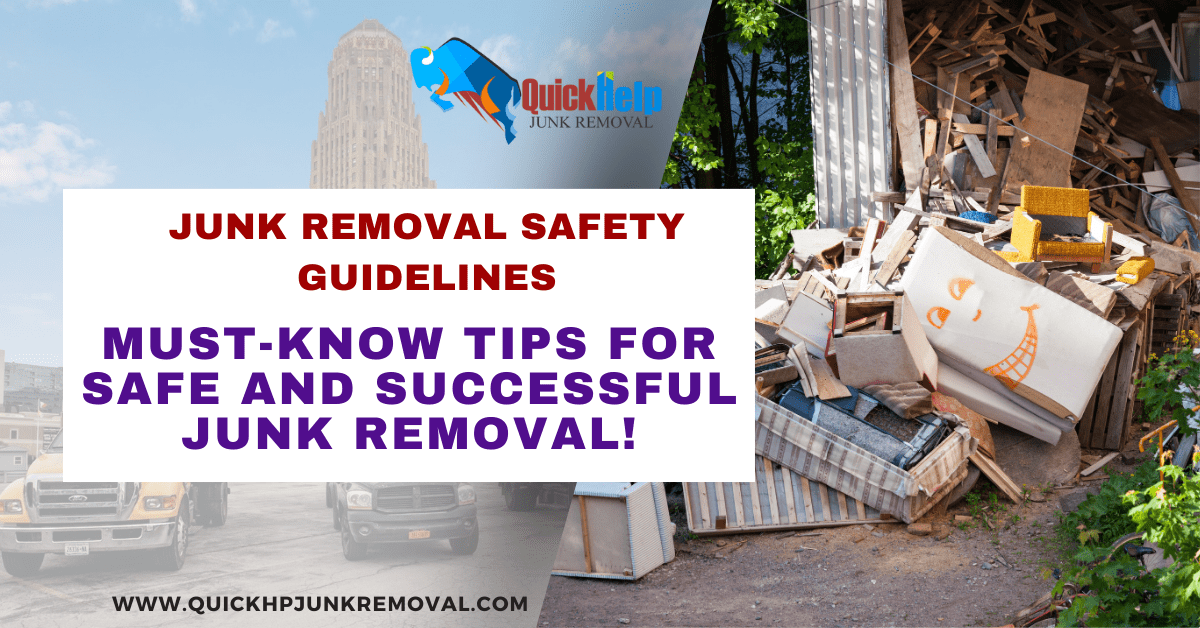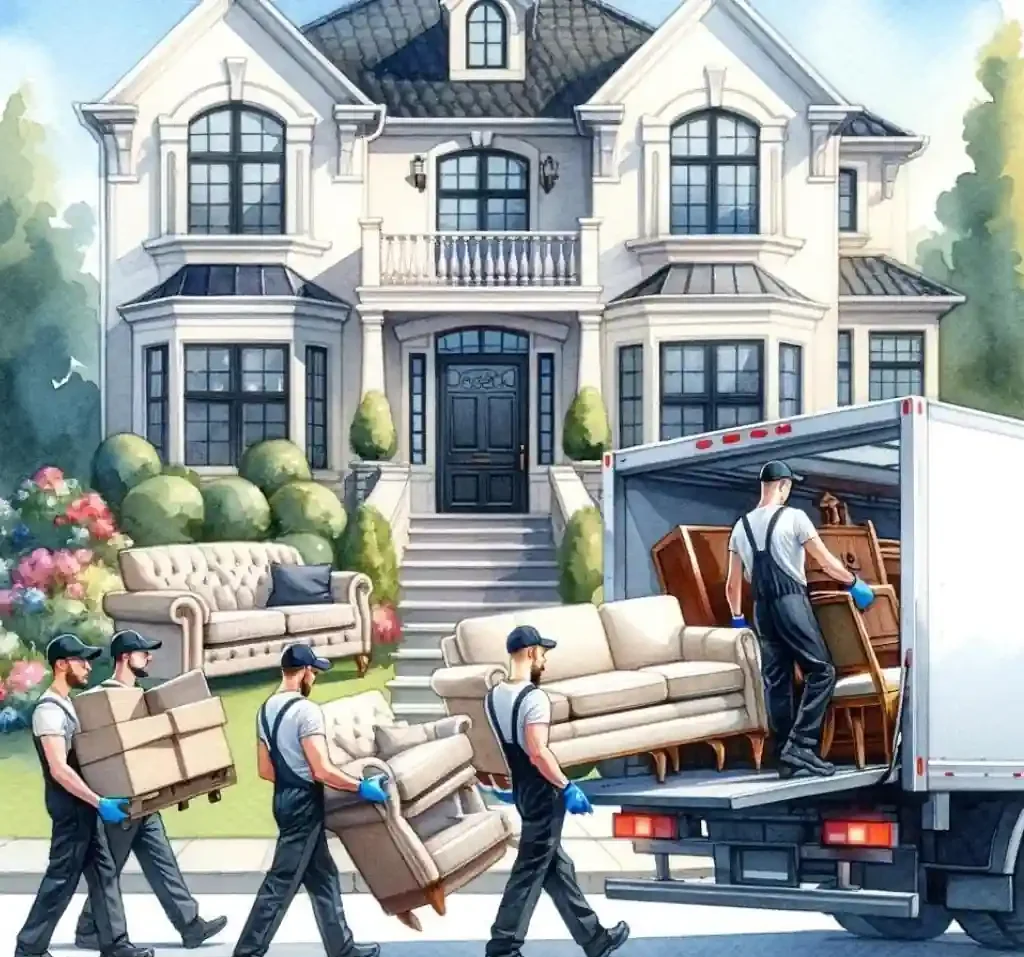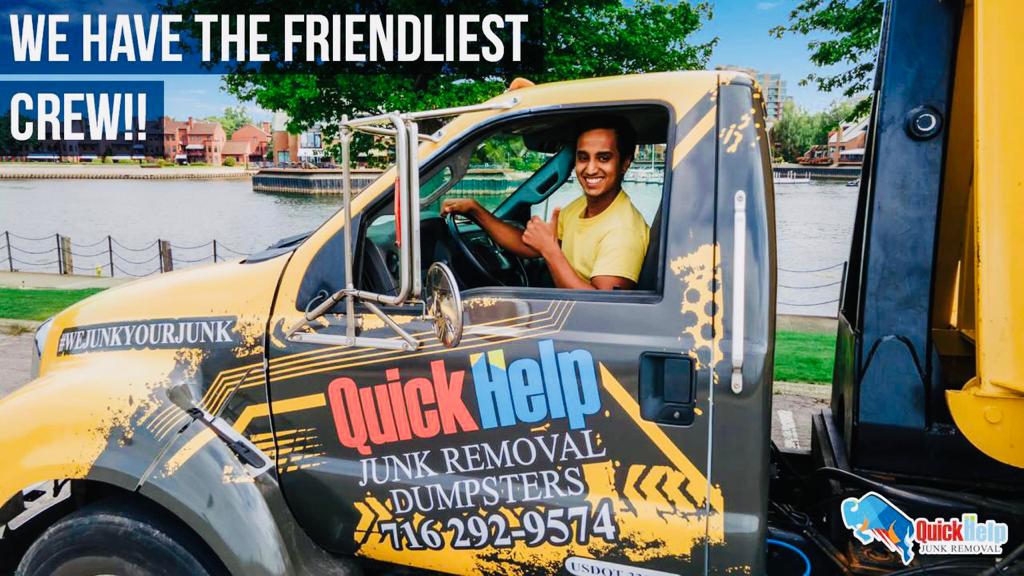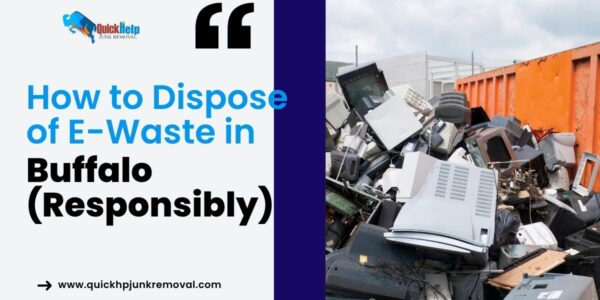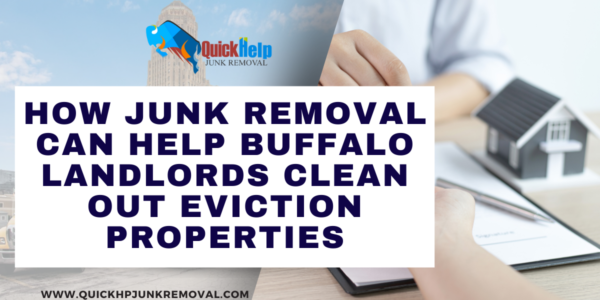Safety Guidelines: Must-Know Tips for Safe and Successful Junk Removal!. Hey there, junk removal heroes! We all know that hauling away unwanted items is no easy task – it takes hard work, determination, and a commitment to safety above all else. That’s why I’m here to share some essential safety guidelines to keep you and your team safe and sound while on the job. So grab your hard hats and let’s dive in!
Understanding the Risks of Junk Removal
Before we get into the nitty-gritty of safety guidelines, let’s take a moment to talk about why safety is so important in the world of junk removal. From heavy lifting to hazardous materials, there are plenty of risks involved in hauling away junk. Without proper precautions, you and your team could be at risk of injury or even serious accidents. By understanding the risks and taking proactive measures to mitigate them, you can ensure a safe and successful junk removal operation every time.
Preparing for Safe Junk Removal Operations
Now that we know why safety is important, let’s talk about how to prepare for safe junk removal operations. Here are a few key steps to take before getting started:
Conduct Site Assessments: Before you begin any junk removal job, take the time to assess the site and identify any potential hazards. Look out for things like uneven terrain, low-hanging branches, or unstable structures that could pose a risk to you and your team.
Provide Proper PPE: Personal Protective Equipment (PPE) is essential for keeping you and your team safe on the job. Make sure everyone has the appropriate gear, including gloves, hard hats, safety glasses, and steel-toed boots.
Ensure Proper Training: Proper training is key to preventing accidents and injuries on the job. Make sure all members of your team are trained in proper lifting techniques, equipment operation, and emergency procedures.
Safe Handling and Transportation of Junk
When it comes to handling and transporting junk, safety should always be your top priority. Here are some tips to keep in mind:
Proper Lifting Techniques: Use your legs, not your back, when lifting heavy items to prevent strain and injury. Bend your knees, keep your back straight, and lift with your legs to minimize the risk of back injuries.
Use Mechanical Aids: For particularly heavy or bulky items, use mechanical aids like dollies, hand trucks, or forklifts to make lifting and transporting easier and safer.
Secure Loads: Always make sure to secure your loads properly before transporting them to disposal or recycling facilities. Use straps, ropes, or bungee cords to prevent items from shifting or falling during transit.
Hazardous Materials Handling and Disposal
Handling hazardous materials requires special care and attention to ensure the safety of you, your team, and the environment. Here are some guidelines to follow:
Identify Hazardous Materials: Before you begin any job, take the time to identify any hazardous materials that may be present. This includes things like chemicals, electronics, asbestos, or lead-based paint.
Handle with Care: When handling hazardous materials, use caution and follow proper safety protocols to minimize the risk of exposure. Wear appropriate PPE, avoid direct contact with the materials, and make sure to dispose of them properly.
Comply with Regulations: Be sure to familiarize yourself with local regulations and guidelines for the handling and disposal of hazardous materials. This may include obtaining permits or licenses for certain types of waste.
Emergency Preparedness and Response
No matter how careful you are, accidents can still happen. That’s why it’s important to be prepared for emergencies and know how to respond if something goes wrong. Here are some steps to take:
Develop Emergency Protocols: Create a plan for how to respond to emergencies such as injuries, accidents, or hazardous material spills. Make sure all members of your team are familiar with the plan and know what to do in case of an emergency.
Train Personnel: Provide training in first aid, CPR, and emergency response techniques to all members of your team. Make sure everyone knows how to use emergency equipment such as fire extinguishers or first aid kits.
Maintain Communication: Keep the lines of communication open with your team at all times. Make sure everyone knows who to contact in case of an emergency and how to call for help if needed.
And there you have it – your essential guide to junk removal safety! By following these guidelines and prioritizing safety above all else, you can ensure a safe and successful junk removal operation every time. So remember, stay safe out there, and happy hauling!
Call to Action: Ready to tackle that junk pile safely and efficiently? Contact Quick Help Junk Removal today for professional junk removal services you can trust. Your safety is our top priority! 🛠️🚛


